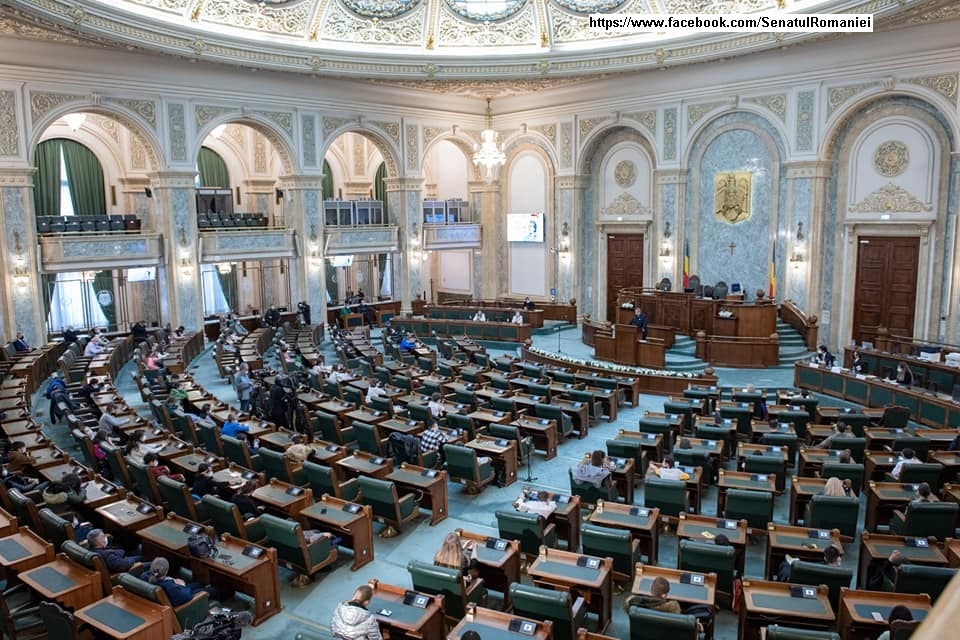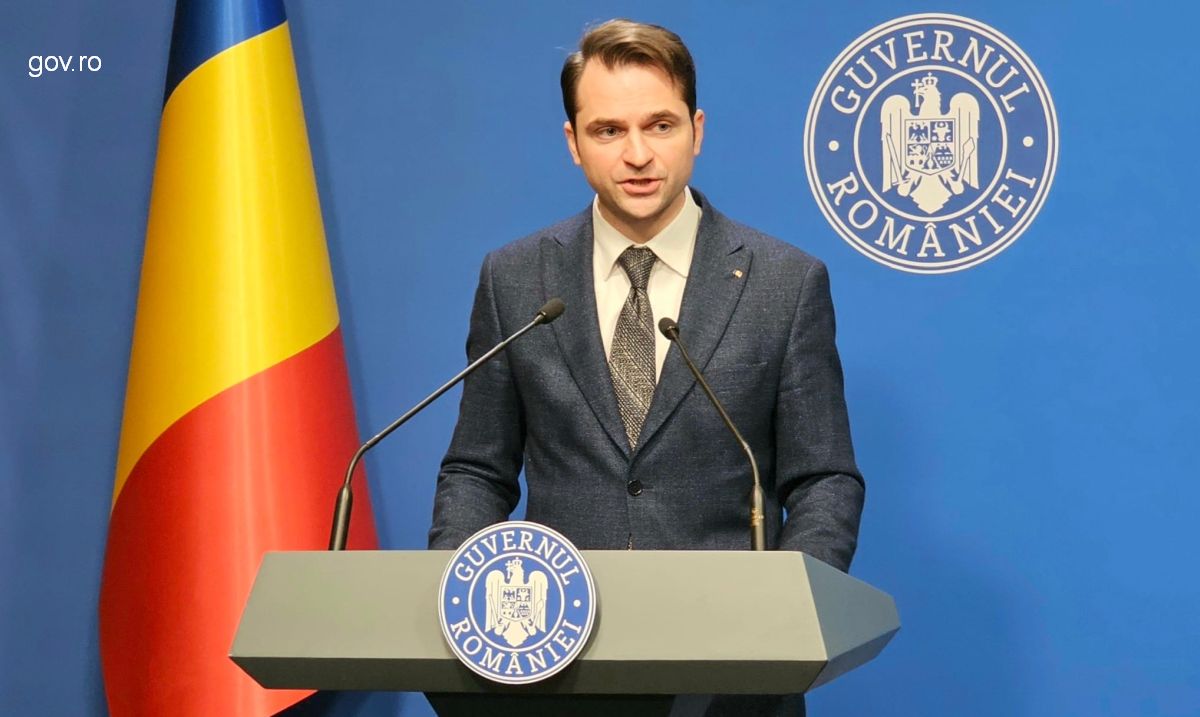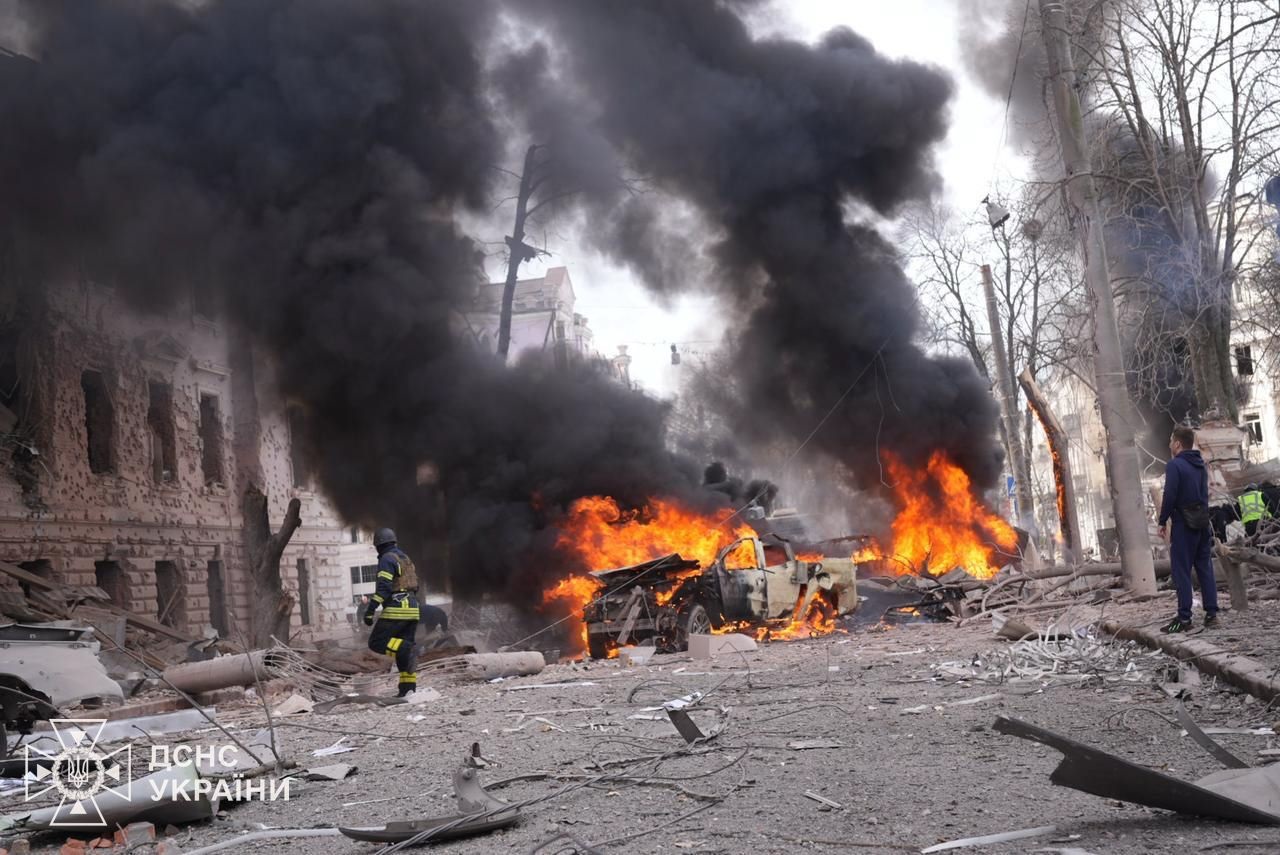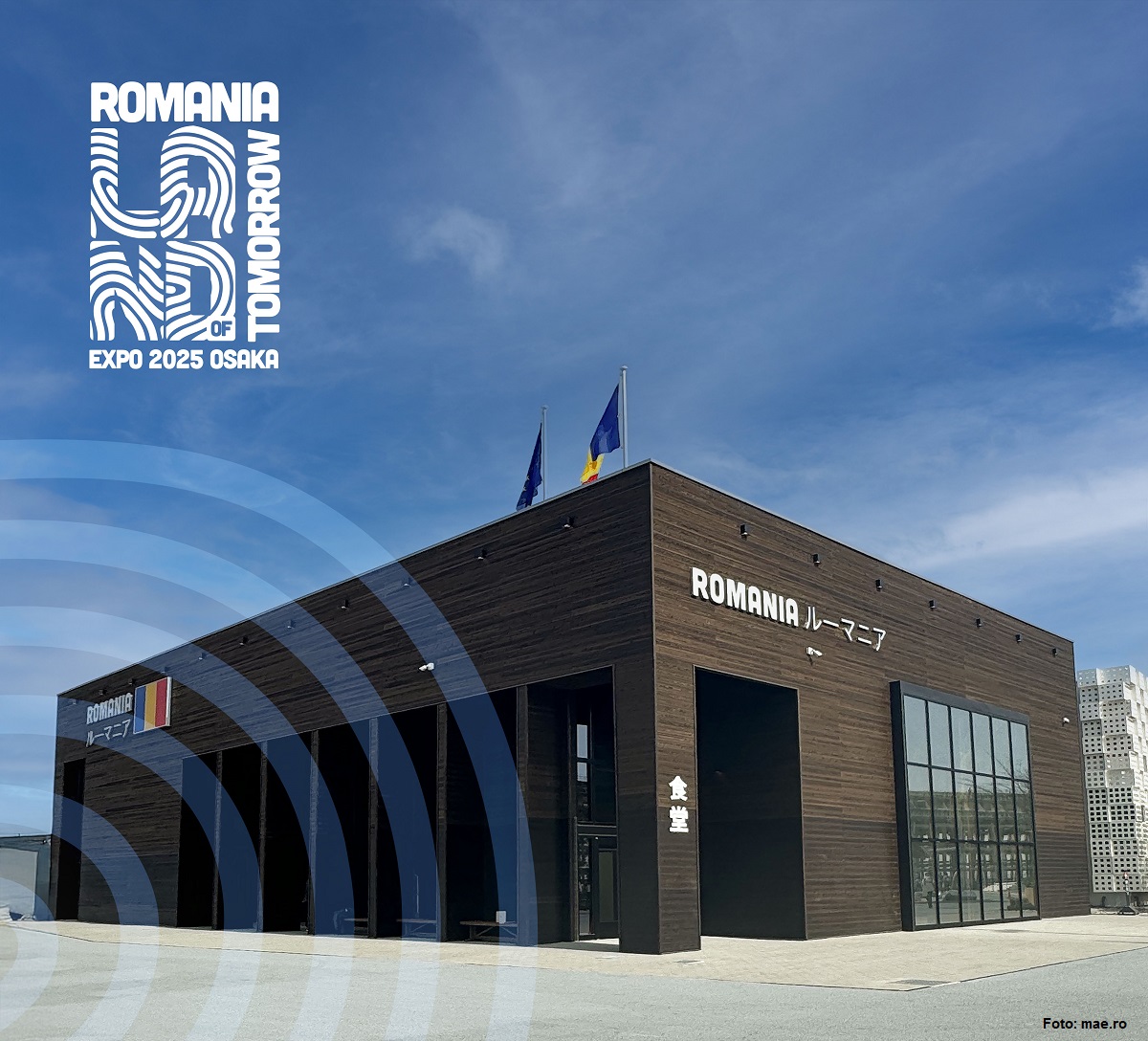Romania’s strategic role on the eastern flank of NATO
NATO strengthens is eastern flank against Russia's growing threat
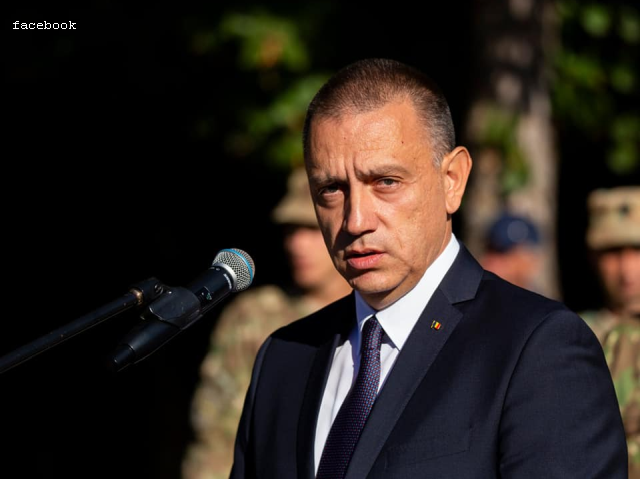
Mihai Pelin, 19.10.2018, 12:12
Following Russias illegal annexation of Crimea, in 2014, the balance of powers in the Black Sea area has changed dramatically. The defensive force in the Crimean peninsula has turned into an offensive one, comprising new ships, submarines and frigates, an impressive force that NATO cannot but take into consideration. Therefore, the Alliance is now focused on the eastern flank, with Russia only 300 nautical miles off the Romanian coast, at any time capable of launching attacks from the Black Sea. Romania, alongside Poland, are major strongholds on the eastern flank of NATO, according to the Romanian Defense Minister Mihai Fifor. He has underlined the fact that Bucharest is keen on observing its commitments to NATO, referring to the latest initiatives implemented by the Romanian Army together with its allies.
Here is minister Fifor:
“At the Black Sea, we are currently the main provider of security and a pillar of stability. Romania will host a NATO command center which, together with the other structures that we already have, and Im talking about the multinational division and the multinational brigade in Craiova, the shield in Deveselu and the base that we are going to extend in Campia Turzii, will make up a capability proving that Romania has reached the right level of maturity within the North-Atlantic Alliance.”
The minister has stated that the setting up of a NATO command centre on Romanian soil was one of the objectives Romania committed to at the NATO summit this summer. The command center will provide NATO with more flexibility and additional command-control options in the southern part of the Eastern flank, against the growing Russian threat.
Over October 25 – November 7, Norway will be hosting a large-scale NATO exercise described as the largest since the end of the cold war. The exercise will be based on a fictitious, but realistic scenario, simulating a collective NATO response against one of the allies. Participating will be some 45,000 soldiers from 31 allied and partner countries, 150 fighter jets and 10,000 armored vehicles. Moscow has noticed the boost in NATOs drills in the arctic area, and Russia is threatening, as expected, that it will take response measures in order to ensure its own security against NATOs consolidation of forces in the region. In turn, Russia organized in August ample military maneuvers in the east of the country, with 300,000 soldiers participating.

